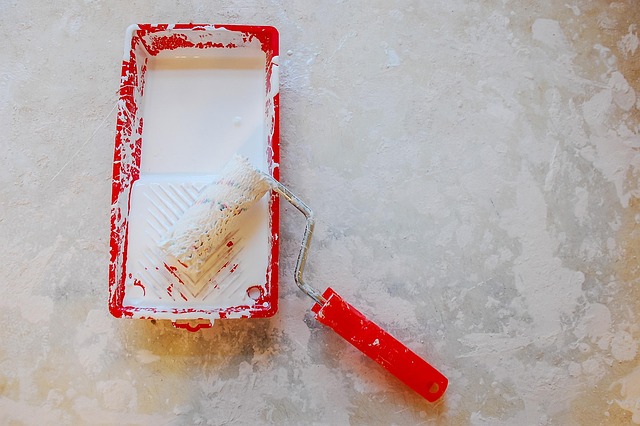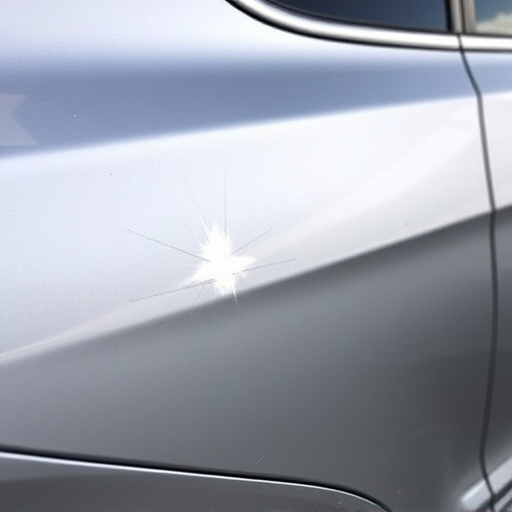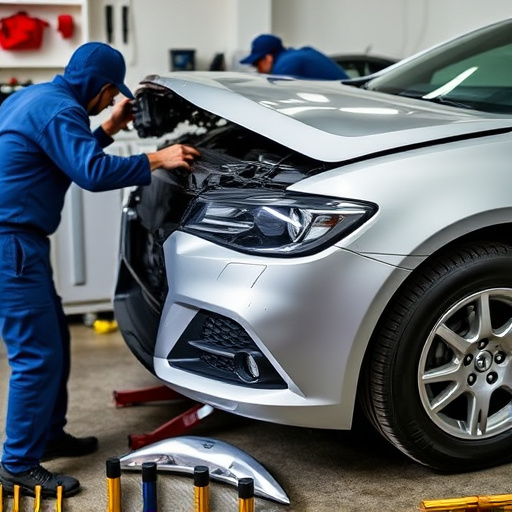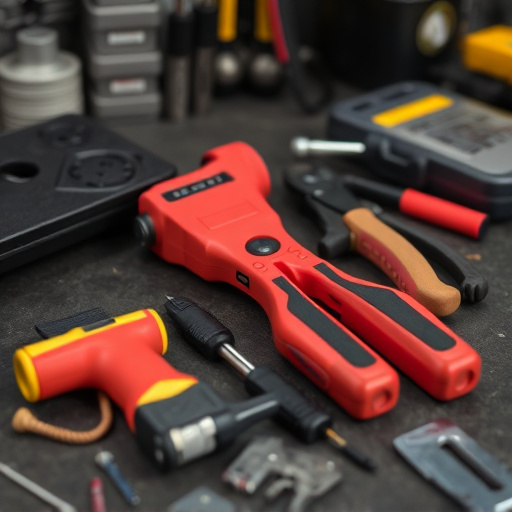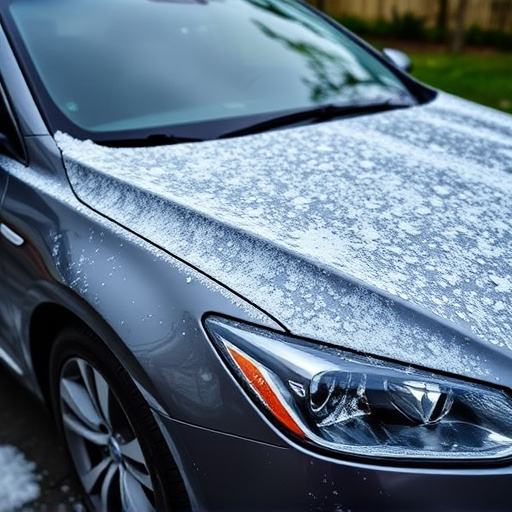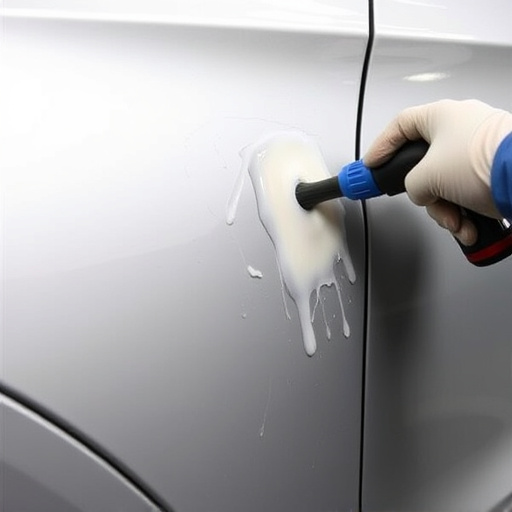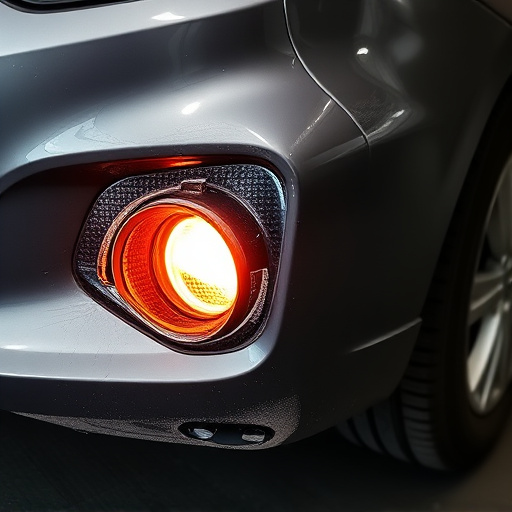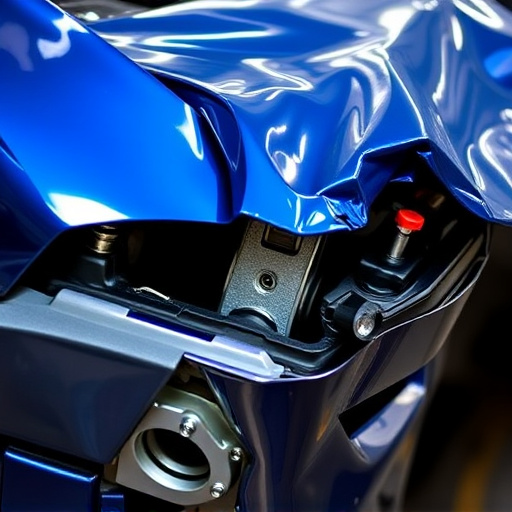Aluminum body components have become prominent in modern vehicles for their lightweight construction and durability, enhancing performance, fuel efficiency, and safety. Repairs require precise installation techniques due to aluminum's softness. Best practices include using appropriate tools, hardware, adhesives, accurate alignment, proper training, and knowledge of aluminum. Preparation involves gathering specific hardware, ensuring cleanliness, measuring, and marking. Specialized tools and techniques are used for precise fitting. Assembly and fastening demand a thorough approach: clean workspace, damage inspection, cleaning contact areas, high-quality bond agents, and specialized welding or manual tightening for secure connections, ensuring long-lasting results in automotive repairs and customizations involving aluminum body components.
Installing aluminum body components requires a strategic approach to ensure structural integrity and long-lasting performance. This article explores best practices for a secure installation, catering to professionals and enthusiasts alike. We’ll guide you through understanding the unique properties of aluminum, preparing your workspace, and following a meticulous step-by-step process. By adopting these strategies, you’ll achieve robust connections, enhancing the overall quality and safety of your aluminum body component projects.
- Understanding Aluminum Body Components and Their Safety
- Preparation and Tools for Secure Installation
- Step-by-Step Guide to Safe Assembly and Fastening
Understanding Aluminum Body Components and Their Safety
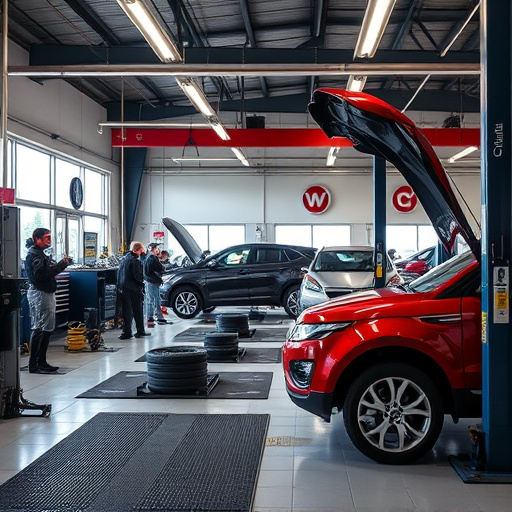
Aluminum body components have become increasingly popular in modern vehicle manufacturing due to their lightweight nature and exceptional durability. These components play a crucial role in enhancing a vehicle’s overall performance, fuel efficiency, and safety. Understanding the unique properties of aluminum is essential for anyone involved in vehicle repair or working at an auto body shop.
Aluminum has excellent corrosion resistance, making it ideal for exterior applications in collision repair centers. However, its inherent softness requires proper installation techniques to ensure structural integrity. When installing aluminum body parts, it’s vital to follow best practices, including using the right tools and hardware, applying appropriate adhesives or sealing agents, and ensuring accurate alignment for a seamless fit. Proper training and knowledge of these materials are key to achieving safe and long-lasting results in any vehicle repair process.
Preparation and Tools for Secure Installation

Before tackling any installation, thorough preparation is key to ensuring a secure and lasting fit for aluminum body components. This involves gathering all necessary tools and materials, including specific hardware designed for aluminum, such as stainless steel screws or rivets. Cleanliness is another vital aspect; ensure the surfaces are free from debris, grease, or rust. These impurities can compromise adhesion and strength. Proper measurement and marking are also crucial to align panels accurately during installation.
In an automotive body shop, professionals rely on a range of tools like specialized hammers, impact drivers, and alignment guides. A steady hand and attention to detail are essential for precise fitting. Using the right techniques—like pre-drilling holes to prevent cracking or warping—will guarantee a seamless integration of aluminum body components, making auto body repairs more effective and durable.
Step-by-Step Guide to Safe Assembly and Fastening
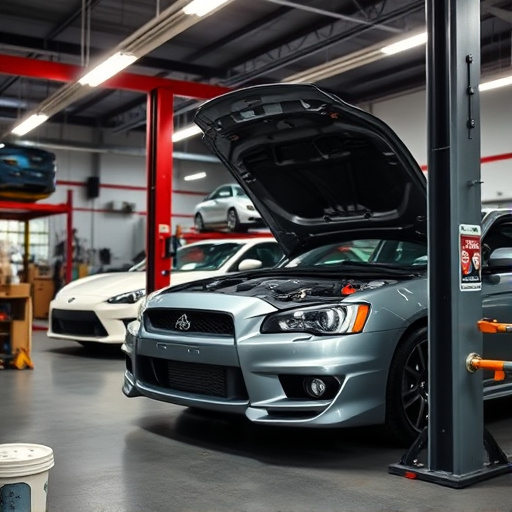
When assembling and fastening aluminum body components, a meticulous approach is crucial for ensuring structural integrity and long-lasting performance. Here’s a step-by-step guide to help automotive enthusiasts and professional car repair shops navigate this process safely. Begin by preparing the workspace, clearing it of any debris and ensuring ample room for maneuverability. Next, inspect each component meticulously for signs of damage or deformity before installation.
Proceed with cleaning the contact areas thoroughly using appropriate solvents recommended for aluminum to enhance adhesion. Apply a high-quality bond agent suitable for automotive applications, following the manufacturer’s instructions precisely. This step is critical in achieving robust fastening during the welding or bonding process. For welding, utilize a specialized aluminum welding technique to prevent warping and ensure precise alignment. Alternatively, for non-welded connections, carefully align the components and apply pressure while tightening fasteners manually to create a secure joint.
When installing aluminum body components, adhering to best practices ensures structural integrity and safety. By understanding the unique properties of aluminum, gathering the necessary tools, and following a meticulous assembly process, you can achieve secure, long-lasting connections. Remember, proper preparation and attention to detail are key to successfully integrating these lightweight, durable materials into any project, enhancing both performance and aesthetics.

